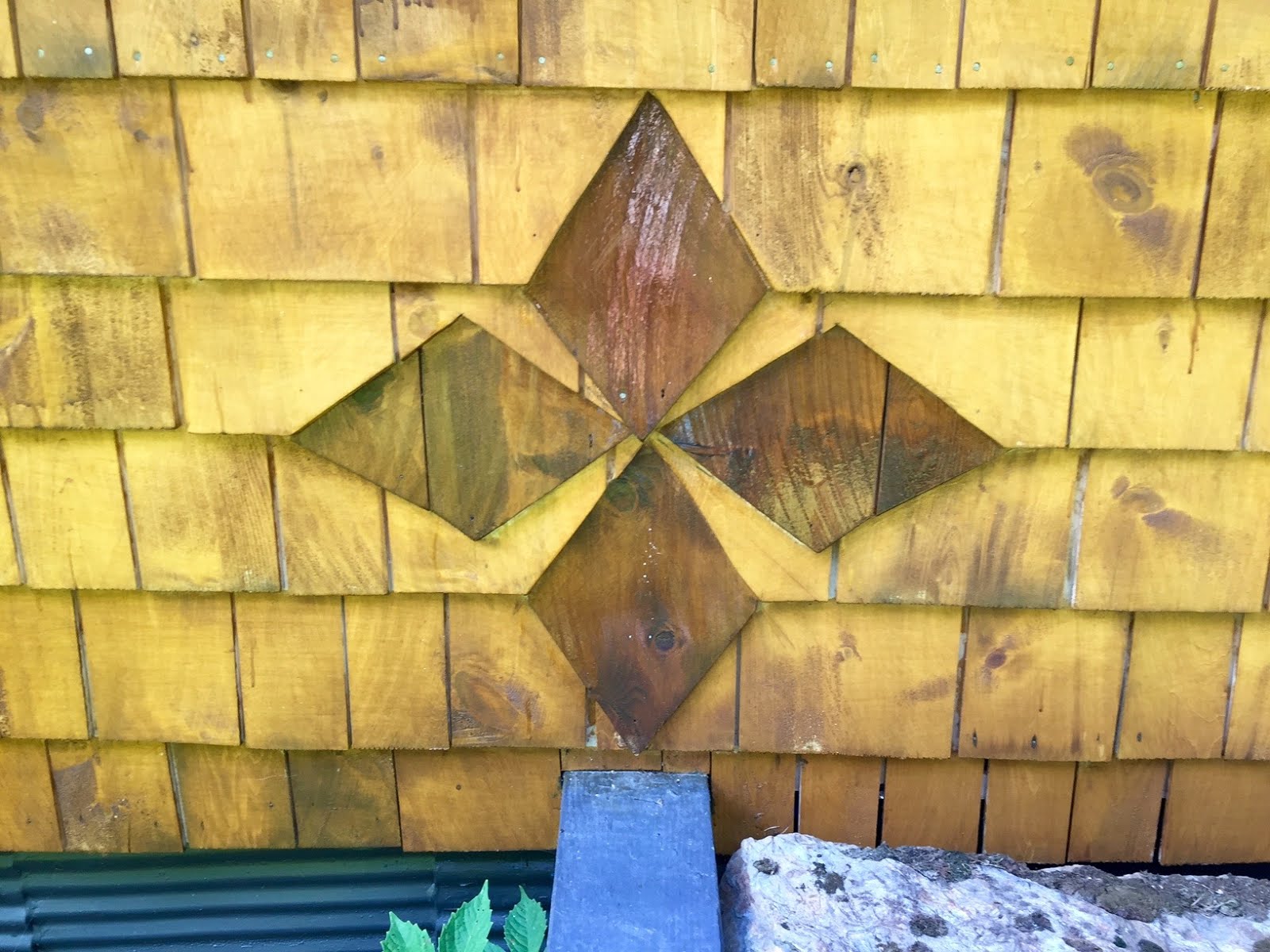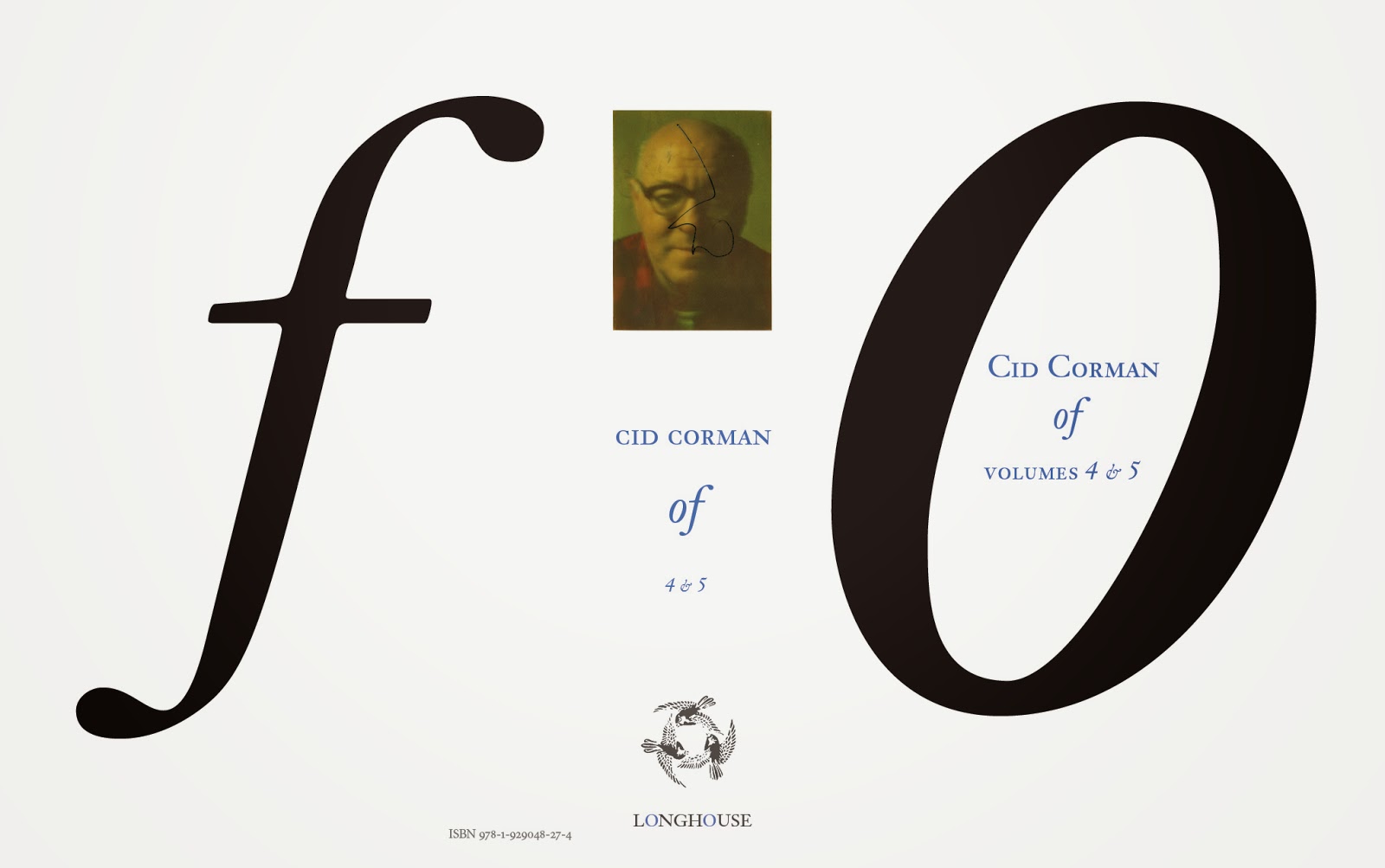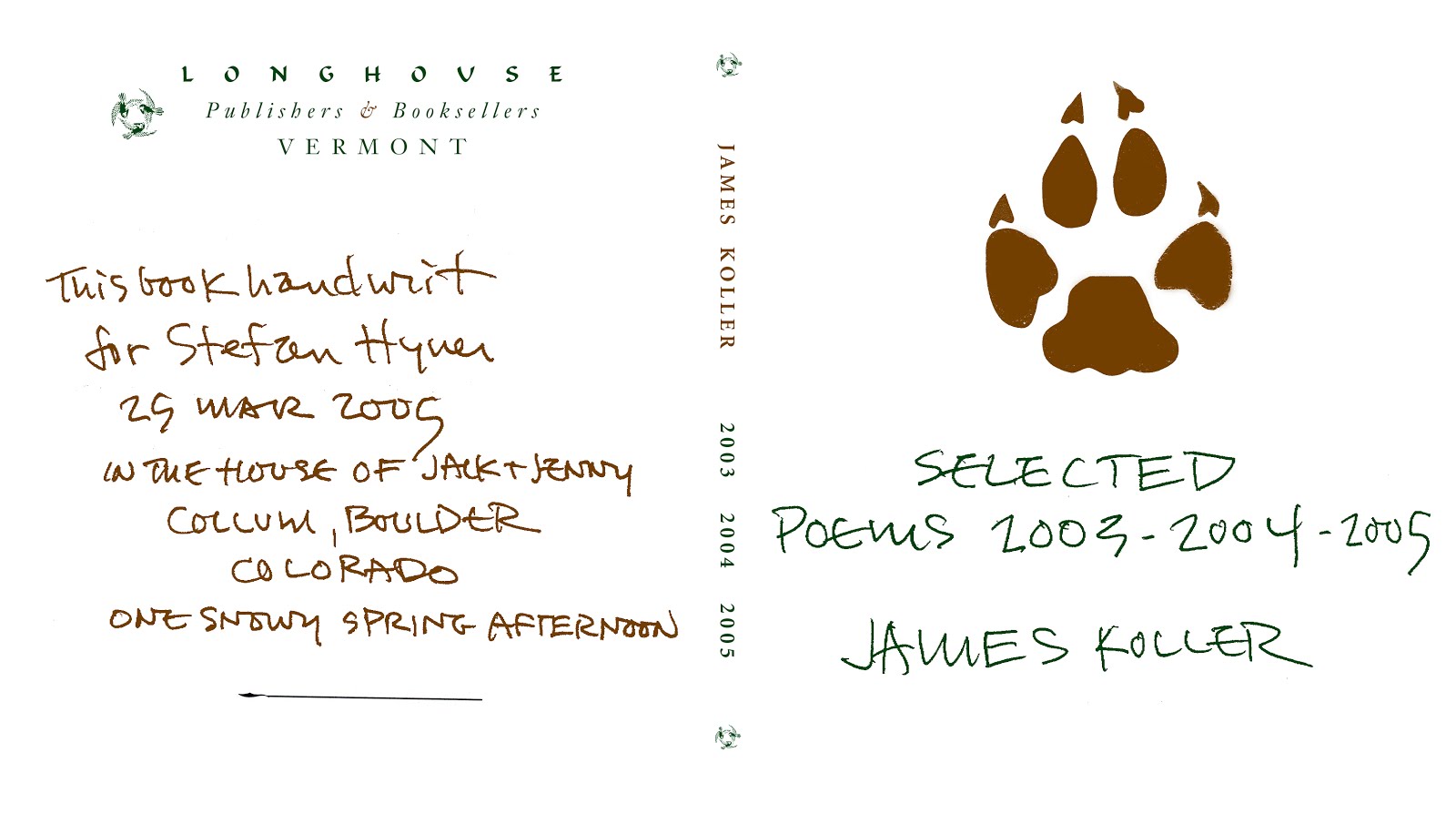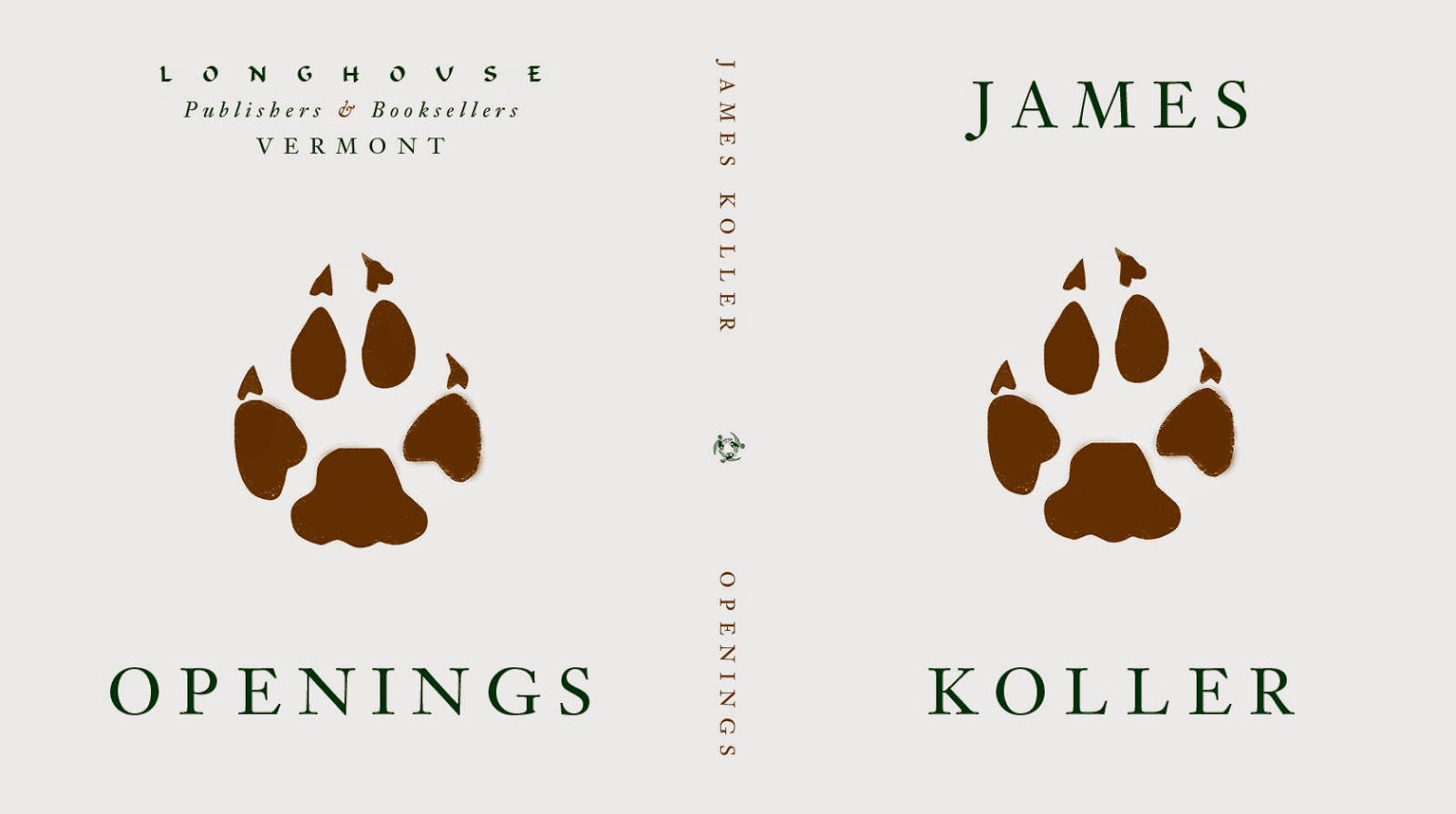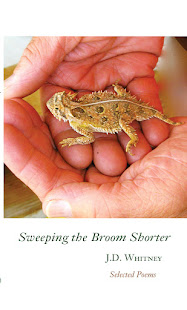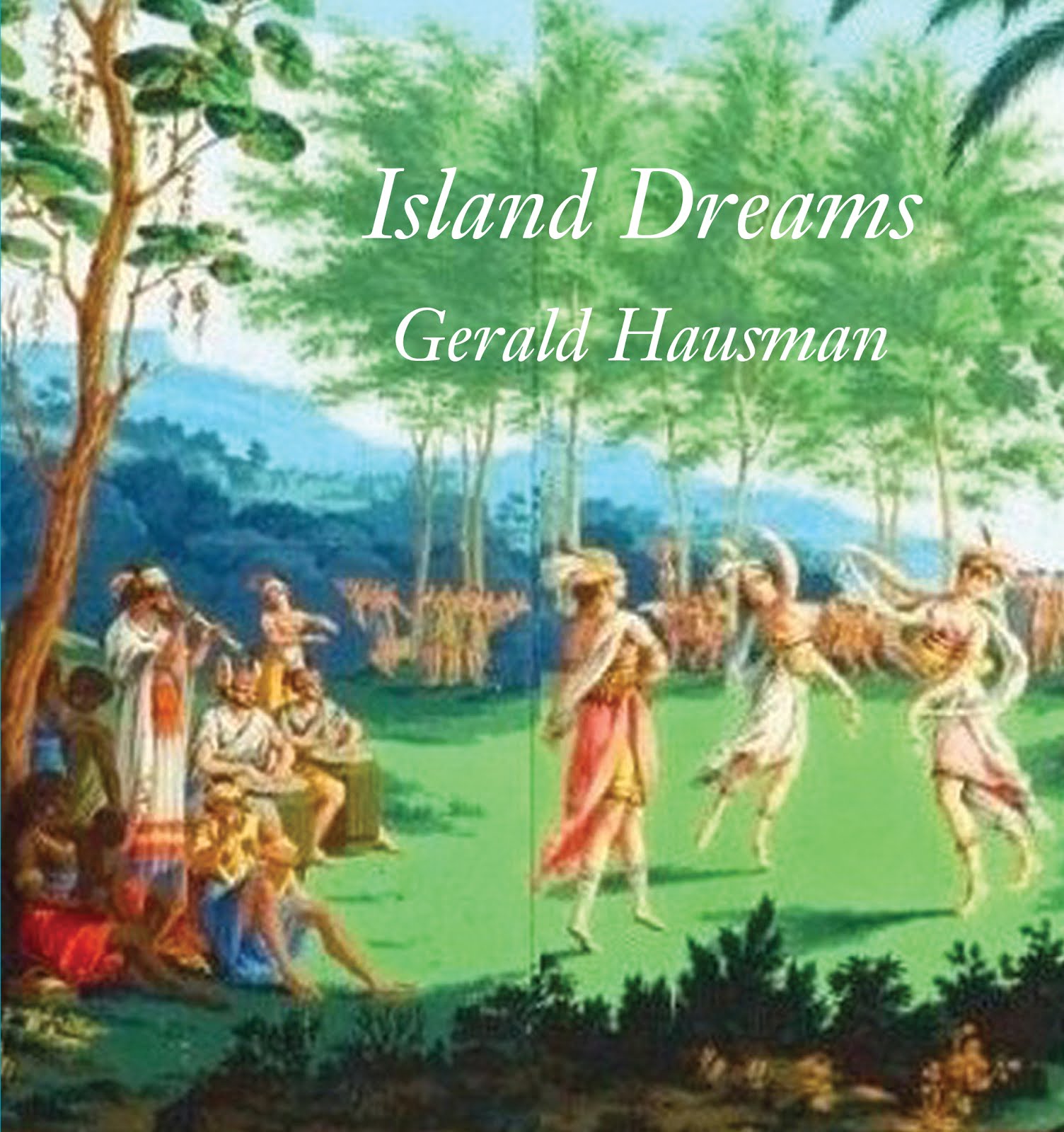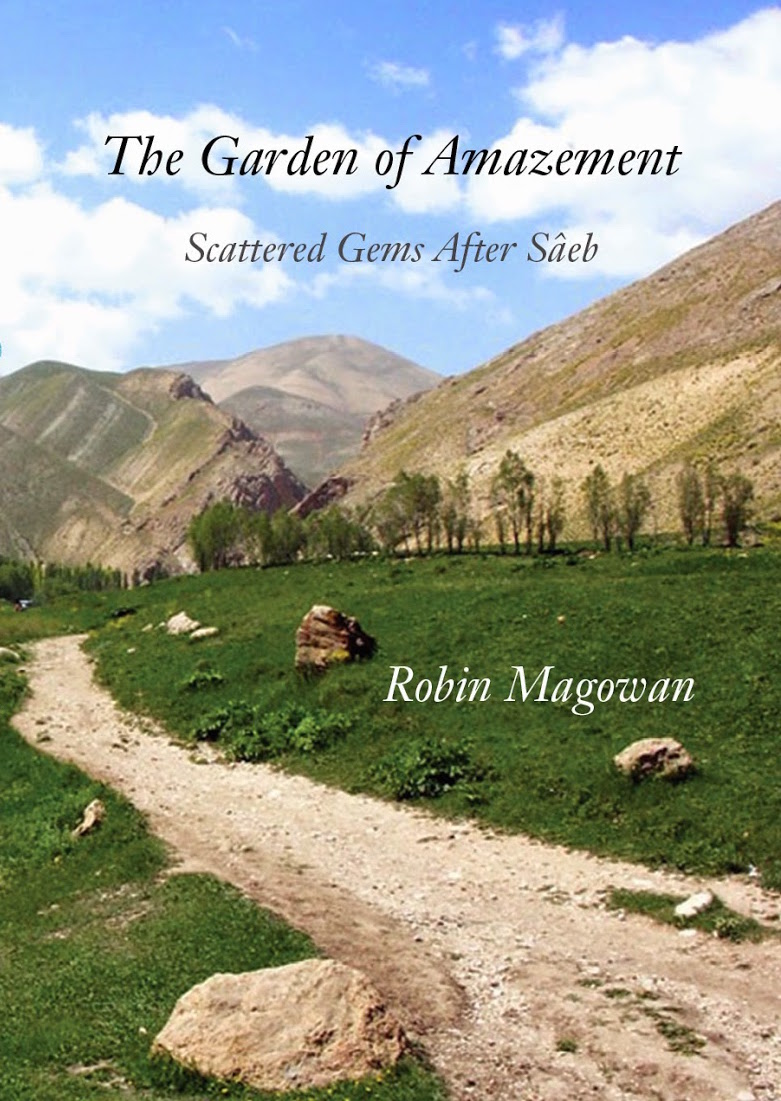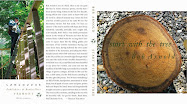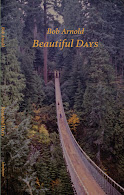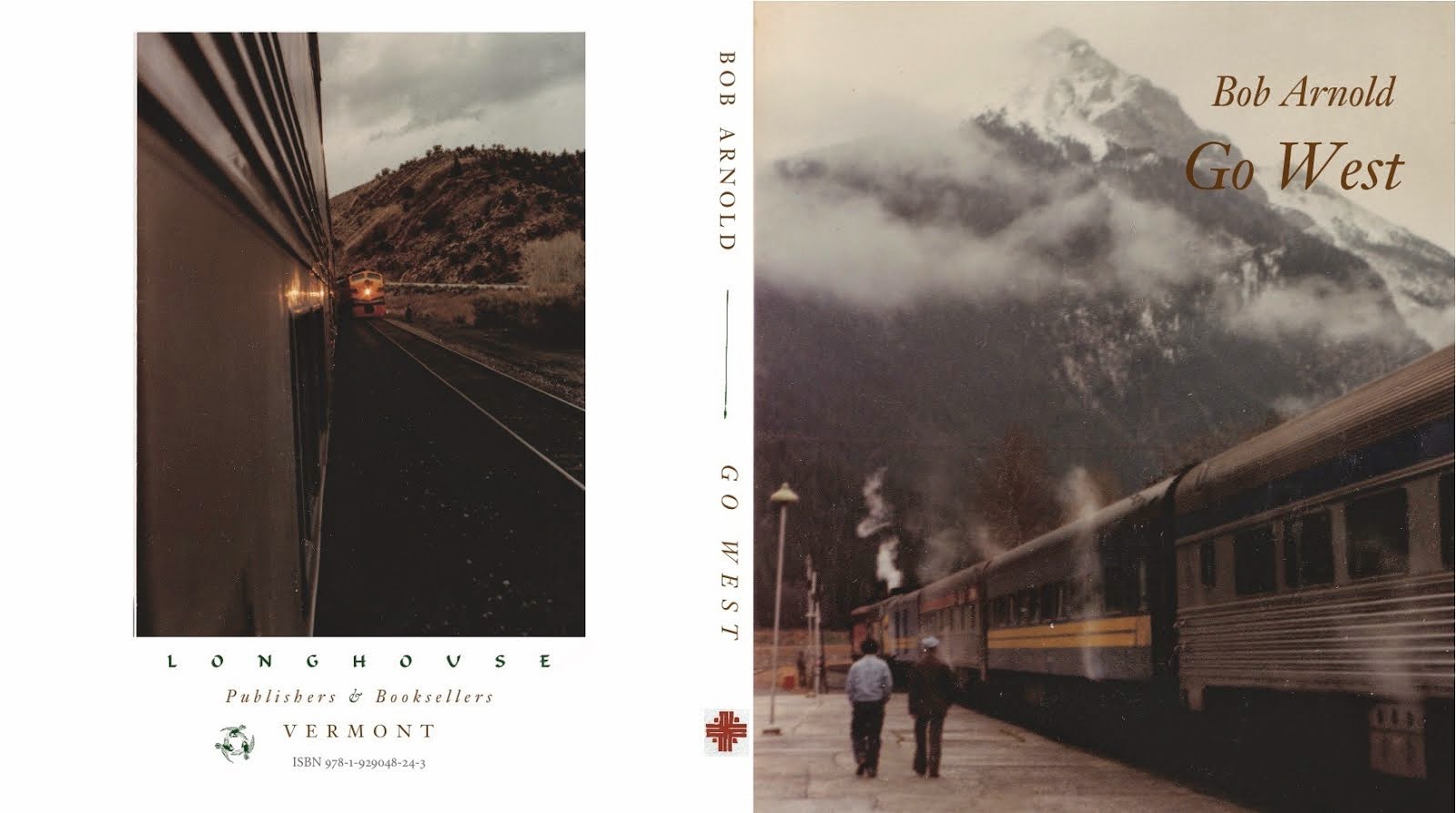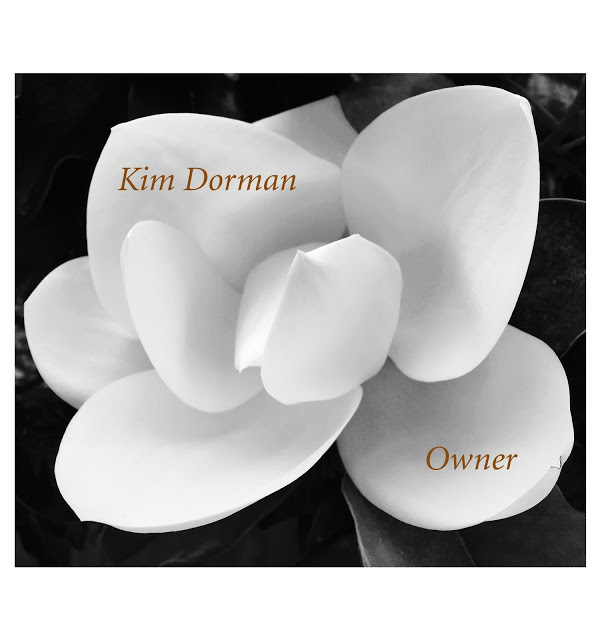Sunlight colored
blonde flies by
in white sports car
Calif. Rte. 1, low
on the Big Sur
rear bumper
sticker says
"Just do me"
Jaime deAngulo. Anyone who has been to California for a visit and wants to see the state — which can be persuaded to have six, seven and maybe eight different regions — the journey will require a car, and if you haven't much time the driving will be extensive. Nothing wrong with that if you like that sort of thing and at least have plans to return someday to tie-in what you passed through.
I was lucky on my first and second and now this year's third visit to the state because I was with Susan who knew a good many places, whereas I knew none except from my reading, so naturally I followed her leads. Carson took to the Pacific as his mother once must have, while I walked to its surf as if saying, "Well, it's about time," and could cry at how well it lived up to its beauty.
In California, thinking again about these regions, there is a coastal range surging north to a coast that feels as sonorous as the Pacific Northwest, most so around the Klamath region which has seen its share of cantankerous floods. Up there you can lose yourself in a fathom of redwoods. The Great Central Valley has been exclaimed by people who know the state as being one of their favorite locations — it's mostly open road south from Mount Shasta foothills with all types of bugs spattered on the windshield from a fertile and irrigated georgic — a memory of olives, rice and sugar beets. Hard to believe it was once swamps and shallow lakes. The Modoc plateau we would have missed if another friend hadn't insisted we visit: "Go there," he said, pointing to the map, "you'll drive on a highway with hardly anybody on it." Of course he was right. It came to pass we would drive to Alturas after first going to two places: Carson City and Susanville for obvious reasons, and the drive north in the evening, through miles upon miles of juniper and sagebrush, brought us closer to where Jaime deAngulo met and lived with his book of the same tide Indians in Overalls.
Of all the writers that have come to live or even pass through California one of the most colorful had to be Jaime deAngulo. Known to be more beautiful than handsome by women when he was younger, long black hair blue-eyed playful intellect who roamed the Big Sur coast on horseback stirring up dude ranch ideas to earn a living and in the bargain scaring off any prospects by his own freewheeling prospectus that forewarned potential visitors that this ranch had no cowboys, not even a cow, and forget any picturesque corrals because you would be hardly on a horse anyway — the trails on the coast were too tricky and twisted — the country too rough for good horses; Jaime's horses were like sure-footed goats. He would go on to describe his guides as "crazy," the cook was foul-mouthed and ill-tempered, bring a bathing suit if you like because there was a beach, but it was sixteen hundred feet below the ranch. Expect sleeping on hard ground in some weird canyon. To say the least no visitors showed and those few in support of the ranch began to grow restless, finances were broke, and it was about then deAngulo began shooting cattle due to a neighbor's trespassing which spiraled out of control leading to his arrest; an unfortunate embarrassment for a man raised by a Spanish nobleman who preached how one should never have his name in the papers except when one was born, married and at his death.
This Spanish nobleman Jaime deAngulo ran away from at age eighteen after those early years in Europe, landed in San Francisco at the time of the city's great earthquake and soon after achieved a medical degree from John Hopkins. His special field, genetics and research on the fruit fly, brought him back west to study at Stanford University. Although that plan would be diverted — how deAngulo was a medical doctor who became an anthropologist on a visit to northern California — and the horse ranch he bought out in nowhere-as-can-be Alturas, home territory to the Pit River, Modoc and other Indian tribes and today better known in motel lobby pamphlets for its volcanic residue. It was right here Jaime deAngulo discovered a big piece of American pie, teaching himself how to record the Pit River Indian language through his enchantment with linguistics. Throughout his travels of California, New Mexico and parts of Mexico, changing his life with each visit, deAngulo ended up recording an outstanding twenty-seven Indian languages, the greater portion in this estranged area of northern California.
This is the part of California the Spaniards never settled; a stronghold to this day for pioneers and nonconformists — those who need leeway. Steep chaparral flanks, conifer timber, beach dunes, marshes, up to arctic tundra, the Baja, Mojave, Owens Valley, White Mountains on one side and on the other the Sierra Nevada range. Take Jaime deAngulo as your guide, as thousands have, writers from the east coast journeying to the west coast, like Van Wyck Brooks — notable literary gentleman with a piped curiosity who remembered deAngulo on an "Arab horse and his red sash and El Greco beard, had all the look of a remnant from an earlier time;" and who would publish, long afterwards, his early experiences with the Pit River tribe in the pages of the Hudson Review, peddled there by Ezra Pound, the very Indians in Overalls. This book, and all the stories and other books, researched by an anthropologist who would just as rather gain his studies by rolling in ditches drunk with shamans and specters, while his poised colleagues set forth bundled for research.
Never mind how Jaime deAngulo died, he died as the majority go squarely fascinated by living and greeting, studying and flying by the seat of their pants; now older and ragged, living alone and looking out at the Pacific from a room in Berkeley, Jaime became almost forgotten. But of course deAngulo never has died, he's with us today and with you tomorrow and while in California you will have to cross it, climb it, duck under it and wind around if you plan to meet the state .
(Coyote Books, 1995)








